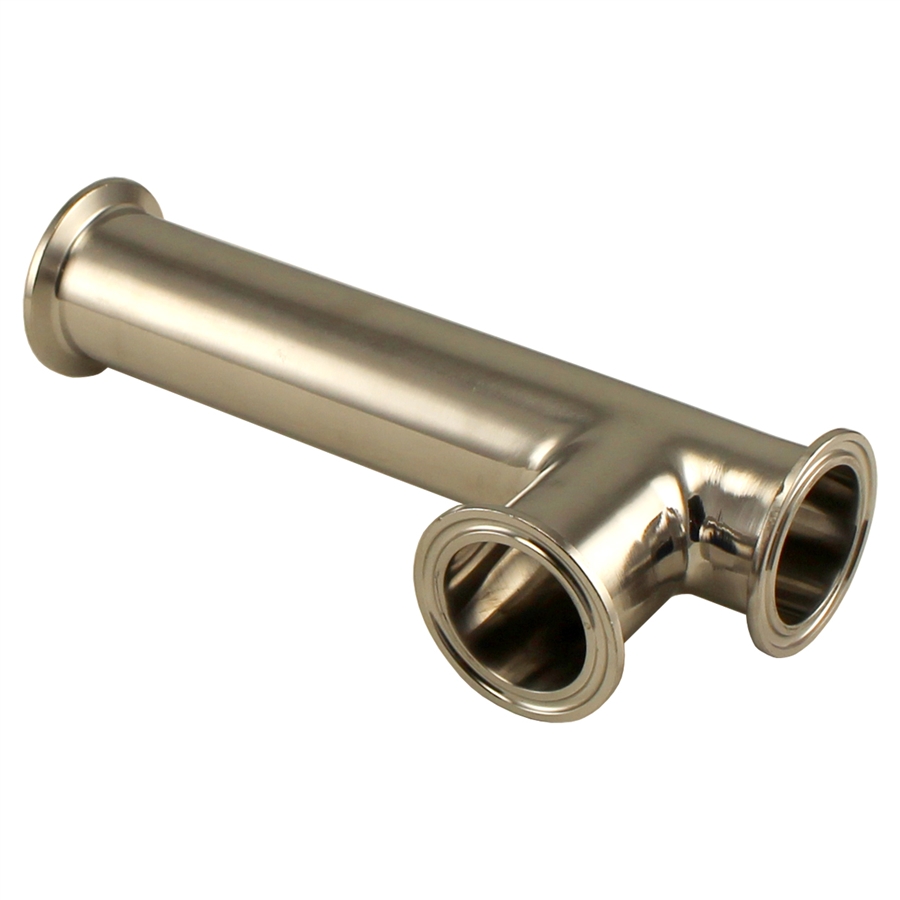Does anyone know if the actual port dimensional specification of the TC tee makes any difference to the efficiency of the condenser? I'm not referring to sizing of the TC tee (1-1/2" vs 2") but rather the distance between input from the kettle (steam) and the spray inlet and waste water output ports. Here are a couple of pics of what I'm referring too. As you can see the RIMS tube has a longer drop on it vs the instrument tee.
View attachment 550356 View attachment 550357
I would be fairly confident that a longer down tube will help, but I also believe the results will be negligible. Can probably get away with a lower volume sprayer, but to me, that's a moot point. Within the thread, they're between a 6 and a 9gph, I'm not overly concerned about 3-5 gallons.
That said...
Where is that rims tube from? I was piecing this setup together last night and noticed with a couple more parts, you'd also have a nice E-RIMS setup for mash. Haven't figured out a way to use the tc flange on the kettle for return yet, but have the rest worked out.
Don't think I'll be able to use the kettle port, as I BIAB, but someone who doesn't could probably use a TC cap on the kettle with a full coupling in it (I believe brewhardware has these) and run a pipe/manifold from the inside to the mash. Then something threaded into the other side to go to the "out" from the RIMS.
For the rims, you'd add a TC element from brewhardware and likely a 12-18" tc sanitary 1.5 spool to allow for the element (don't think the Tre is long wnough, but the one you posted may be).
Take the barb that was on the bottom as the drain and place in the side as the new inlet for the RIMS, replace the top with a 1/2 male npt tc cap and put a 1/2 NPT tee on that run the perpendicular port on that tee as a temp probe and the final open port with whatever connection you prefer as the out to mash port(cam lock in my case)
A few extra parts, but other than the element, probably only about 50 bucks to be able to switch easily between RIMS and condense.
*Edit to add that the steam/condensing portion of the process would probably clean up the RIMS pretty well too.






![Craft A Brew - Safale BE-256 Yeast - Fermentis - Belgian Ale Dry Yeast - For Belgian & Strong Ales - Ingredients for Home Brewing - Beer Making Supplies - [3 Pack]](https://m.media-amazon.com/images/I/51bcKEwQmWL._SL500_.jpg)




















































